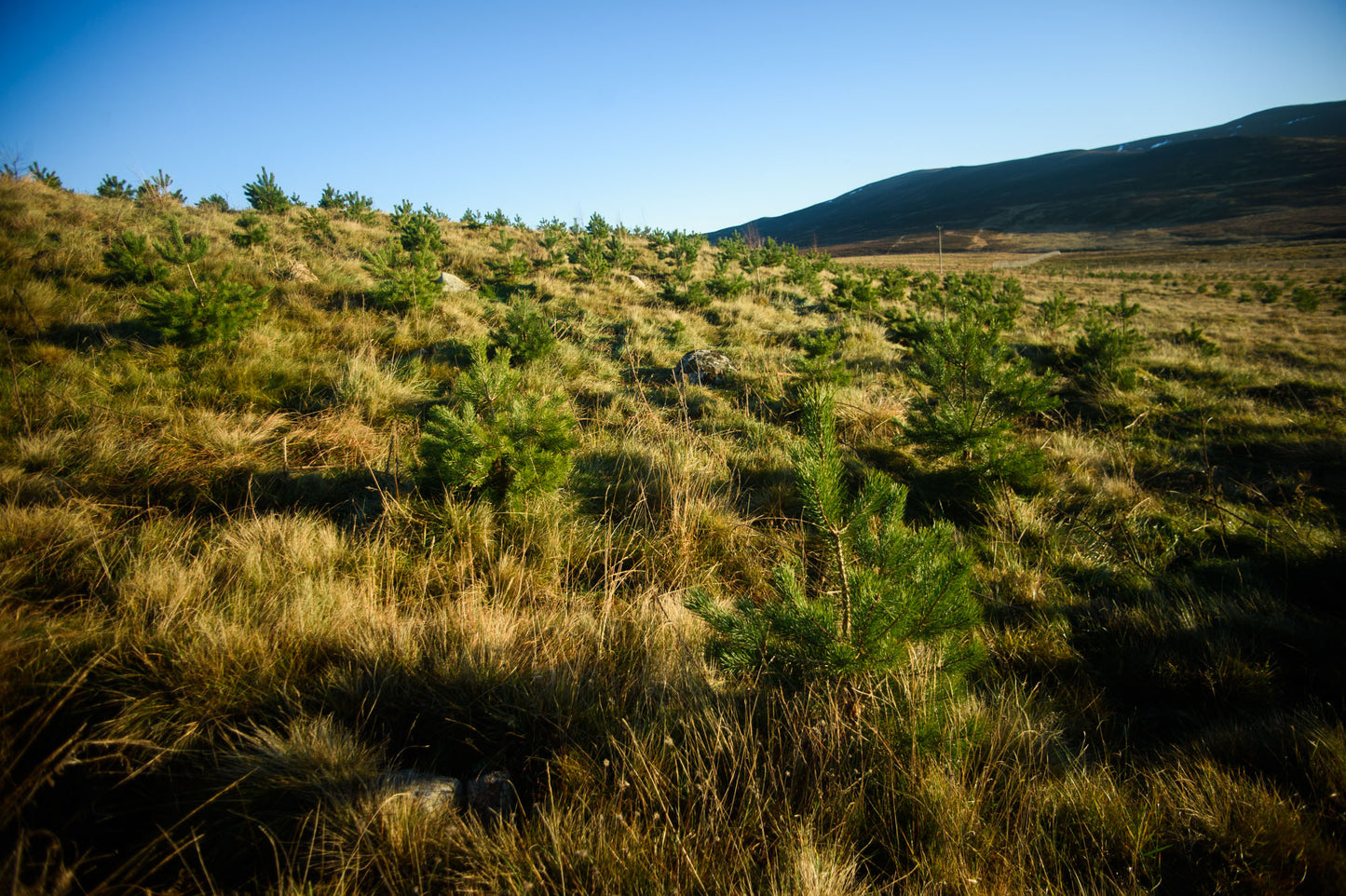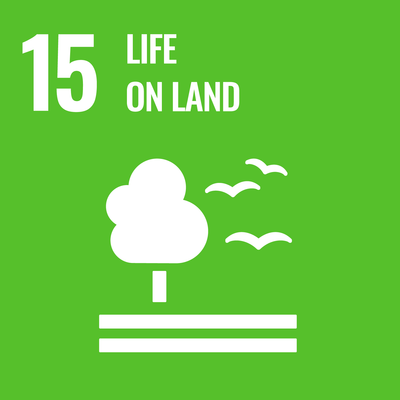Cairngorms National Park, Scottish Highlands
Corriechuillie
Corriechuillie
The vision at Corriechuillie is to transform low-grade agricultural land into a thriving 17-hectare native woodland, creating a significant conservation area that promotes biodiversity and strengthens local ecosystems.
Couldn't load pickup availability
Unsure of how much to contribute? Use our handy calculator
View full detailsProject highlights
About the project
The Corriechuillie project aims to create a native woodland in the Cairngorms National Park, near Grantown-on-Spey and the River Spey (SSSI). The woodland design avoids higher-exposed areas and prime grassland, focusing instead on planting native upland birch along the perimeter and Scots pine in the core, offering visual and ecological diversity. This thoughtful layout helps preserve public views and reduces predation risk on breeding waders. The project is crucial for biodiversity, creating habitats for black grouse and, as the woodland matures, the endangered capercaillie.
Project stats
- Trees planted: 27,472 trees planted
- TCO2 sequestration (expected over lifetime): 6,202
- Planted: Winter 2019
Credit Type
Pending Issuance Units (PIUs). As we do not charge VAT on this project, you cannot claim carbon neutrality or to have achieved net-zero from supporting it. If you would like to make "neutrality" or net-zero claims, please contact us directly.








Additional Benefits

Improved water quality

Flood mitigation

Biodiversity uplift







Project details
Technology, mechanism and certifications
This woodland is accredited by the Woodland Carbon Code, a quality assurance standard that is backed by the UK government.
Reduction type
Removal
Project duration
This project’s crediting period is 60 years. Please refer to the Woodland Carbon Code’s website for more details on risk management and permanence criteria.


FAQs
What is a 'PIU'?
At the start of a Woodland Carbon Code or Peatland Code-registered project’s life, initial carbon credits are issued, called Pending Issuance Units (PIUs). These units represent the future carbon emissions savings that will occur, as a woodland grows or over time as a restored peatland ceases to emit CO2. Over time these units should be converted to Woodland Carbon Units (WCUs) or Peatland Carbon Units (PCUs) respectively - with both representing a carbon saving which has officially occurred. A PIU is not a guarantee, however, that a future carbon saving will occur - project durations can be decades long (100 years in some cases) and so any savings are a long way into the future. Instead, a PIU is a confirmation that the project has met stringent requirements at the outset: it is well designed and implemented, has complied with all related guidance and laws, is protected by a long-term contract, is additional to business as usual, and has project-specific carbon estimates.
Looking to support a whole project? Need more than 300 tCO2?
For larger programmes where carbon credit volume requirement is above 300 tCO2e, please get in touch with us directly. Our expert team is ready to help you create customised portfolios that seamlessly support your carbon initiatives and CSR goals.